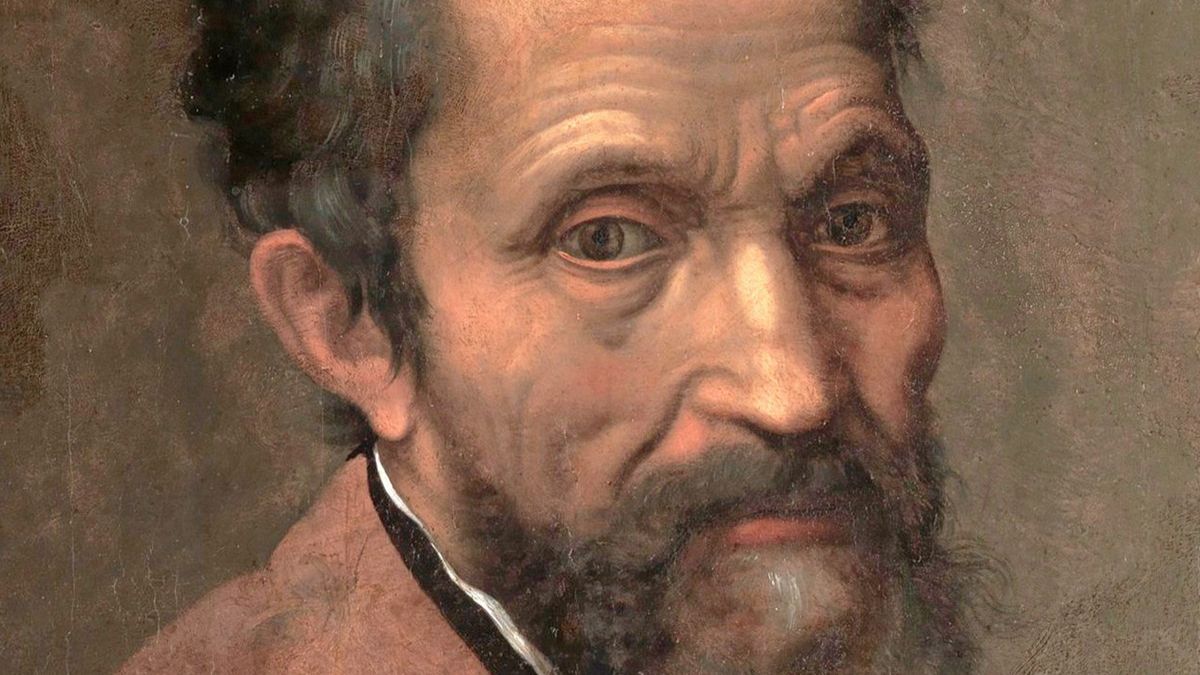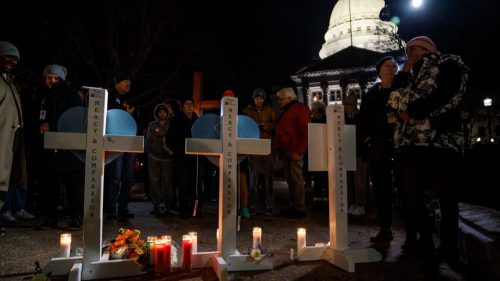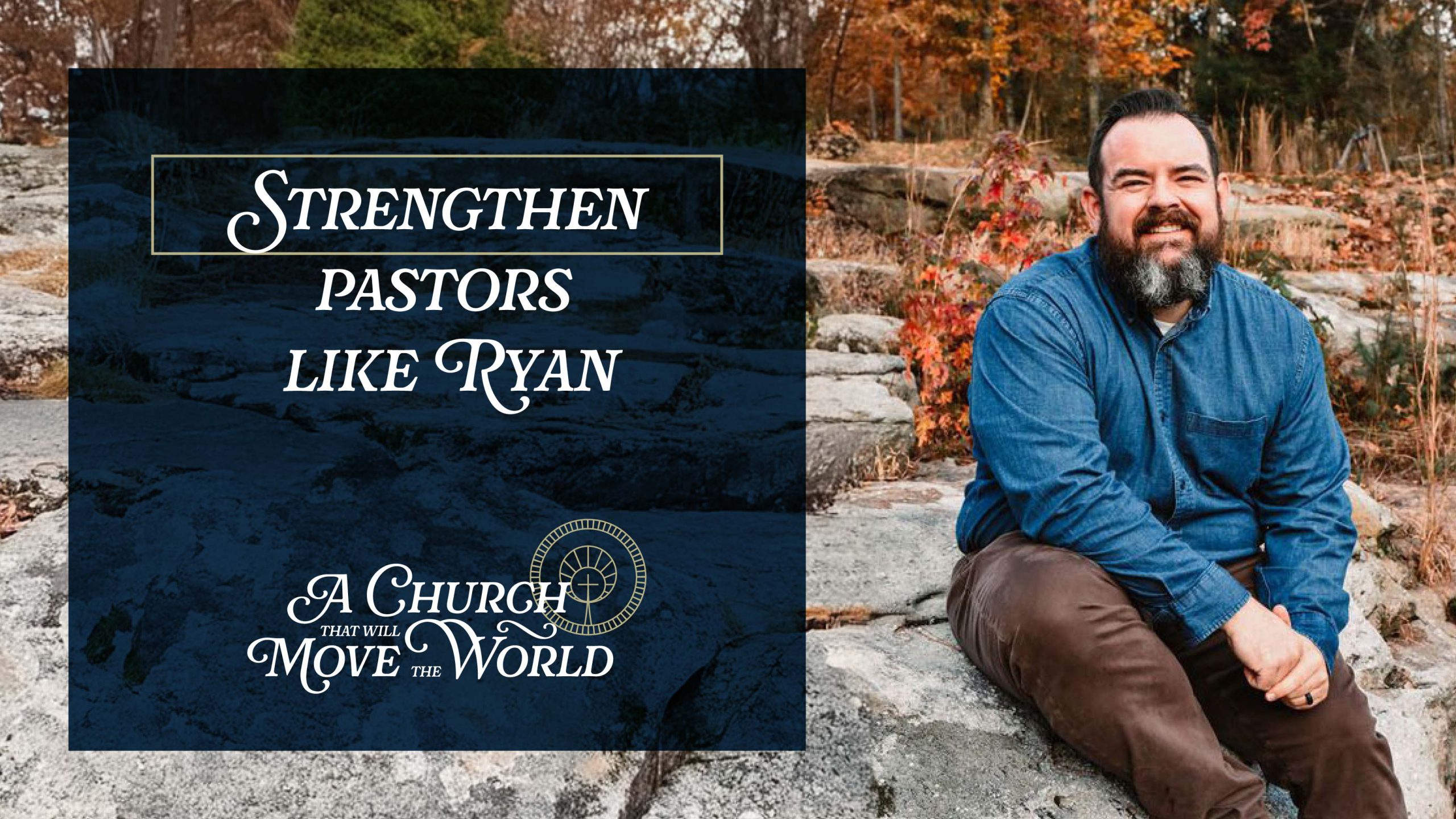

Michelangelo, Christian Poet?
The famous artist revealed his hope in Christ in his many sonnets.
06/21/24
John Stonestreet Glenn Sunshine

This year marks 460 years since the death of Michelangelo, the groundbreaking sculptor, painter, and architect who lived a somewhat tortured life, and yet was determined to find hope in Christ.
His awe-inspiring sculptures, like David and Pieta, have left indelible marks on every generation since. His painting on the ceiling of the Sistine Chapel helped usher in Mannerism, a new style in art that used deliberate but subtle distortions of color and form for emotional effect. And in his artistry as an architect, he designed several significant buildings in his home city of Florence, including the Medici Chapel and the Laurentian Library, a forerunner of baroque architecture. He also created the final design and construction of St. Peter’s Basilica in Rome.
Michelangelo’s enduring fame stems from these monuments. But he was also a prolific poet. Over 300 of his poems survive today, many of them sonnets, and offer a window into his personal life and his faith. While the most attention has been focused on the 60 or so poems addressed to men, which talked about love and friendship and led to unproven suspicions that he was same-sex attracted, many are notably religious and give insight into how he assessed his life, his art, and his relationships in light of his devotion to Christ.
In 1554, a decade before his death, Michelangelo addressed a sonnet to Giorgio Vasari, who had published a biography on him four years earlier. Vasari had promoted Michelangelo in his own day as the greatest of all artists, not just in one field but also in sculpture, painting, and architecture. In this sonnet responding, Michelangelo reflected on his life and art and gently redirected Vasari’s focus from glorifying artists. The sonnet, “On the Brink of Death,” reads:
Now hath my life across a stormy sea
Like a frail bark reached that wide port where all
Are bidden, ere the final reckoning fall
Of good and evil for eternity.
Now know I well how that fond phantasy
Which made my soul the worshipper and thrall
Of earthly art, is vain; how criminal
Is that which all men seek unwillingly.
Those amorous thoughts which were so lightly dressed,
What are they when the double death is nigh?
The one I know for sure, the other dread.
Painting nor sculpture now can lull to rest
My soul that turns to His great love on high,
Whose arms to clasp us on the cross were spread.
While he himself had been a “worshipper and thrall” of earthly art, Michelangelo said he now saw those as vain, empty, useless, when considering his own mortality. Likewise, whatever “amorous thoughts” he may have had were nothing compared to “the double death” that he faced—the end of his mortal life and the threat of hell, the Second Death. None of his art, however great it may be, could comfort him in light of the certainty of the final judgment. So, he turned to his only hope, the great love of Christ, who spread His arms on the cross to embrace us.
Michelangelo had a tumultuous career, including conflicts with popes. He lived in hiding for a time while under a death sentence by the Medici and endured many rivalries with other artists. Throughout it all, he created works of art that continue to amaze and inspire people, even to this day. And yet, in sober reflection on his life, he realized that all his creations were worthless in light of eternity. The only thing that mattered, the only thing that gave him hope, was the love and grace of Christ who died for him.
This Breakpoint was co-authored by Dr. Glenn Sunshine. For more resources to live like a Christian in this cultural moment, go to breakpoint.org.
Have a Follow-up Question?
Up
Next

Related Content

© Copyright 2020, All Rights Reserved.













